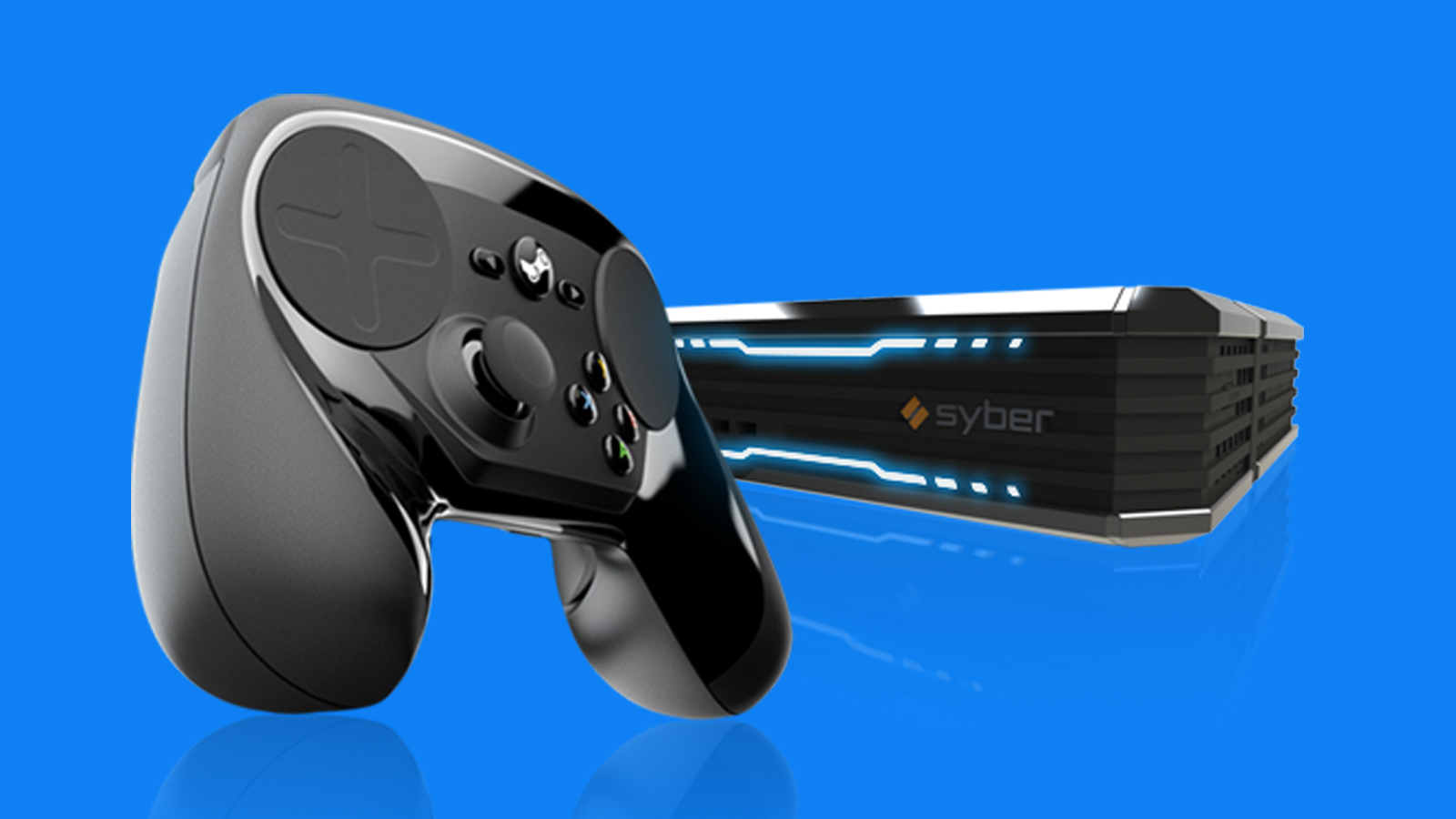
By Joe Osborne
Update: While Valve has remained mum on its Steam Machine plans, Microsoft seems to be taking influence and applying the Steam Machine principle more viably.
Original article continues…
When most people think of PC gaming the first thing that probably comes to mind is a keyboard, mouse and a monitor neatly arranged on a desk. But the days when PC gamers were confined to an office-like setting, perched numbly inches from their monitors are over. And now, with the rise of living-room centric VR platforms, there’s never been a better time to move away from that antiquated stereotype.
That’s where the Steam Machine thrives – a lineup of hardware from a wide range of manufacturers with a common goal: PCs that are designed for shared spaces, with a big-screen TV as the hub for all of it.
What’s more, every single one of them runs an operating system based entirely on the Steam client, an application that since 2003 has provided a succinct catalog of computer games all capable of being stored locally in the same directory. Think of it as the iTunes of gaming, or even Spotify (minus the whole streaming-without-ties functionality). Steam, which started off on Windows, now packs considerable market …read more
Source:: techradar.com – Gaming

 Previous post
Previous post
 Next post
Next post